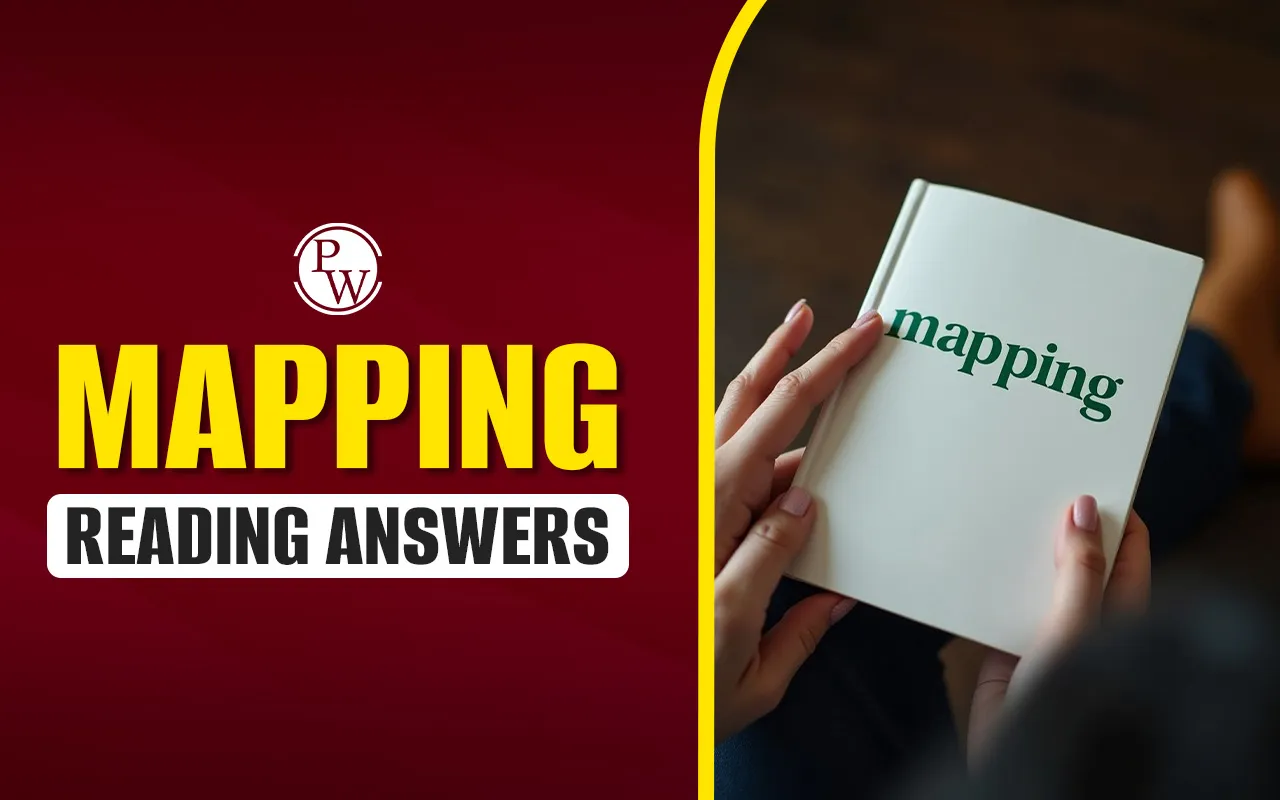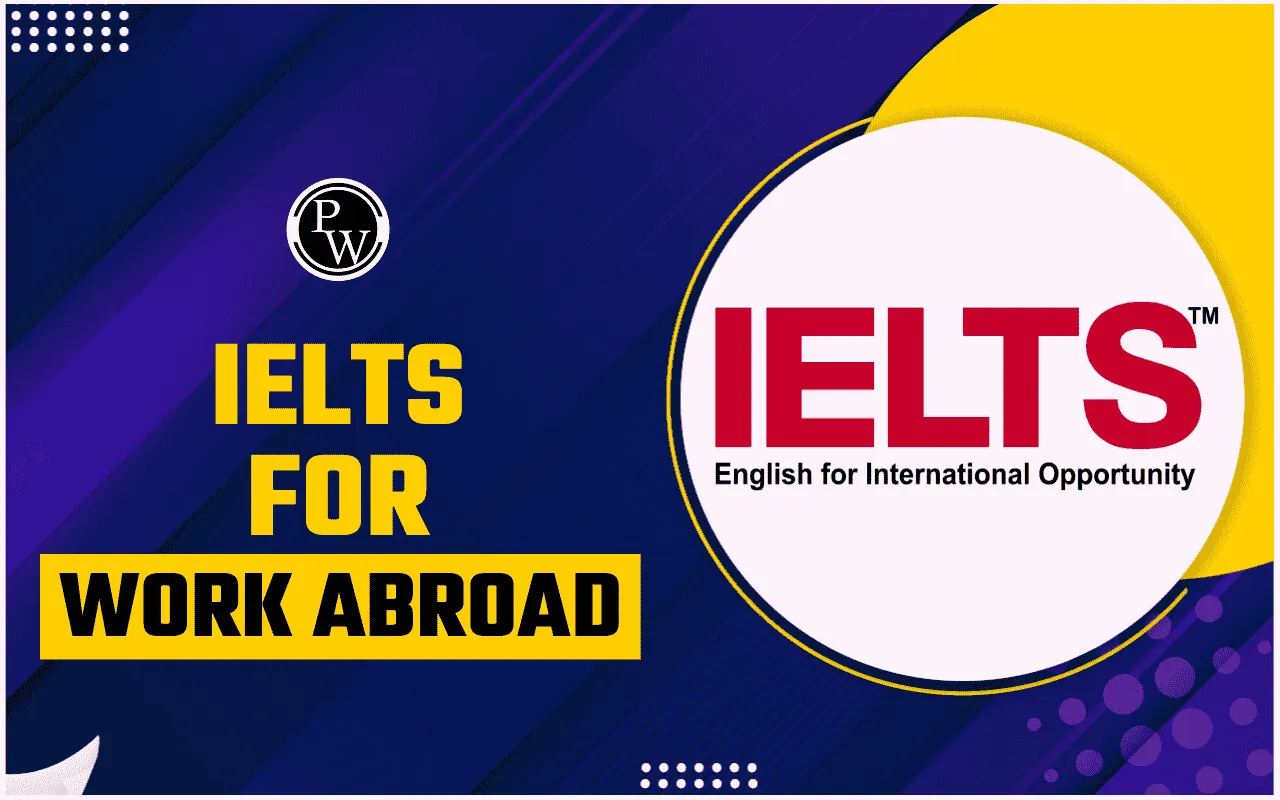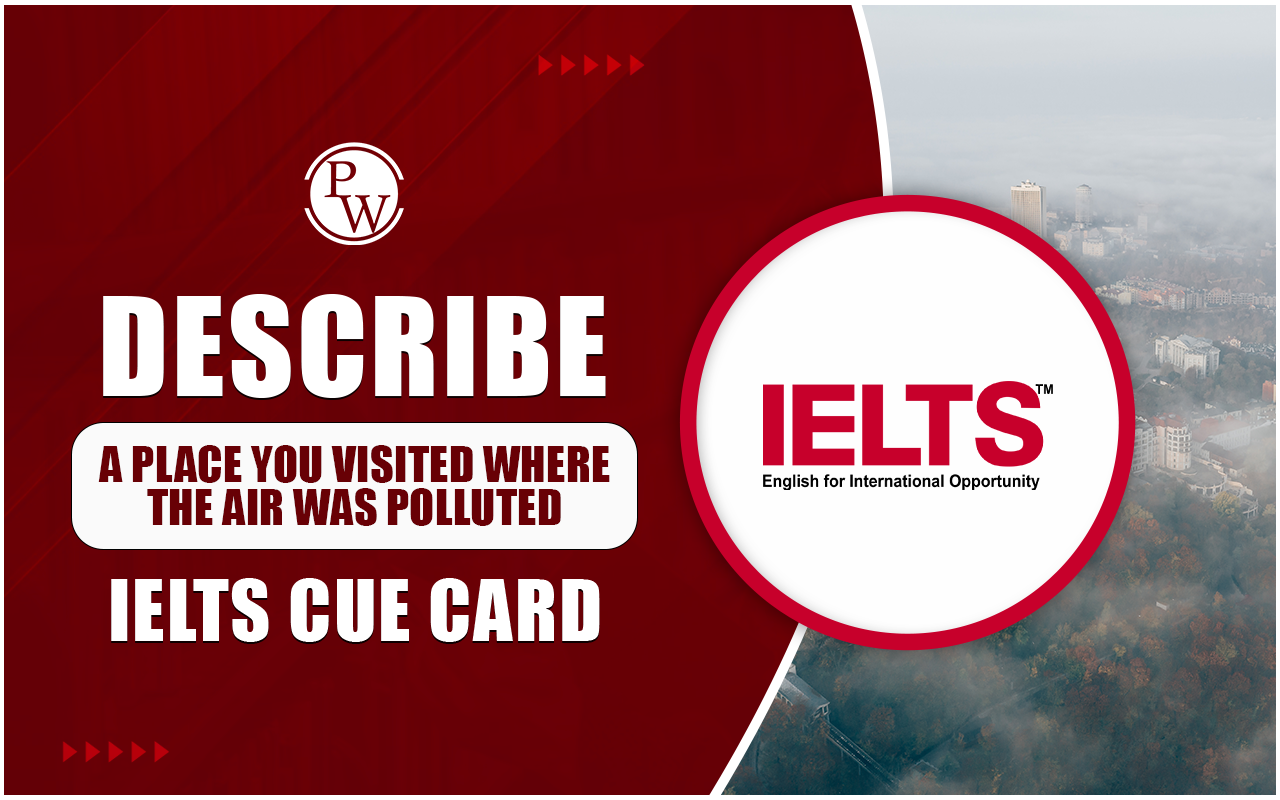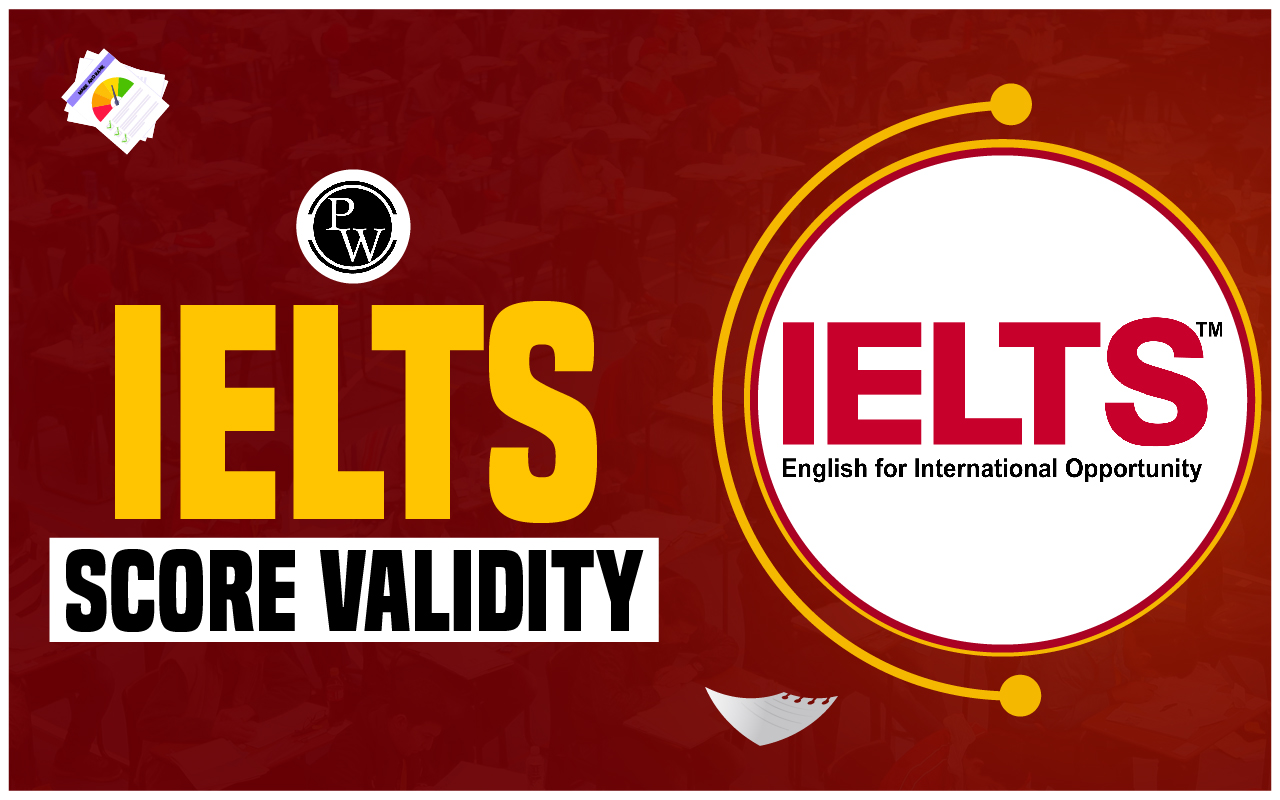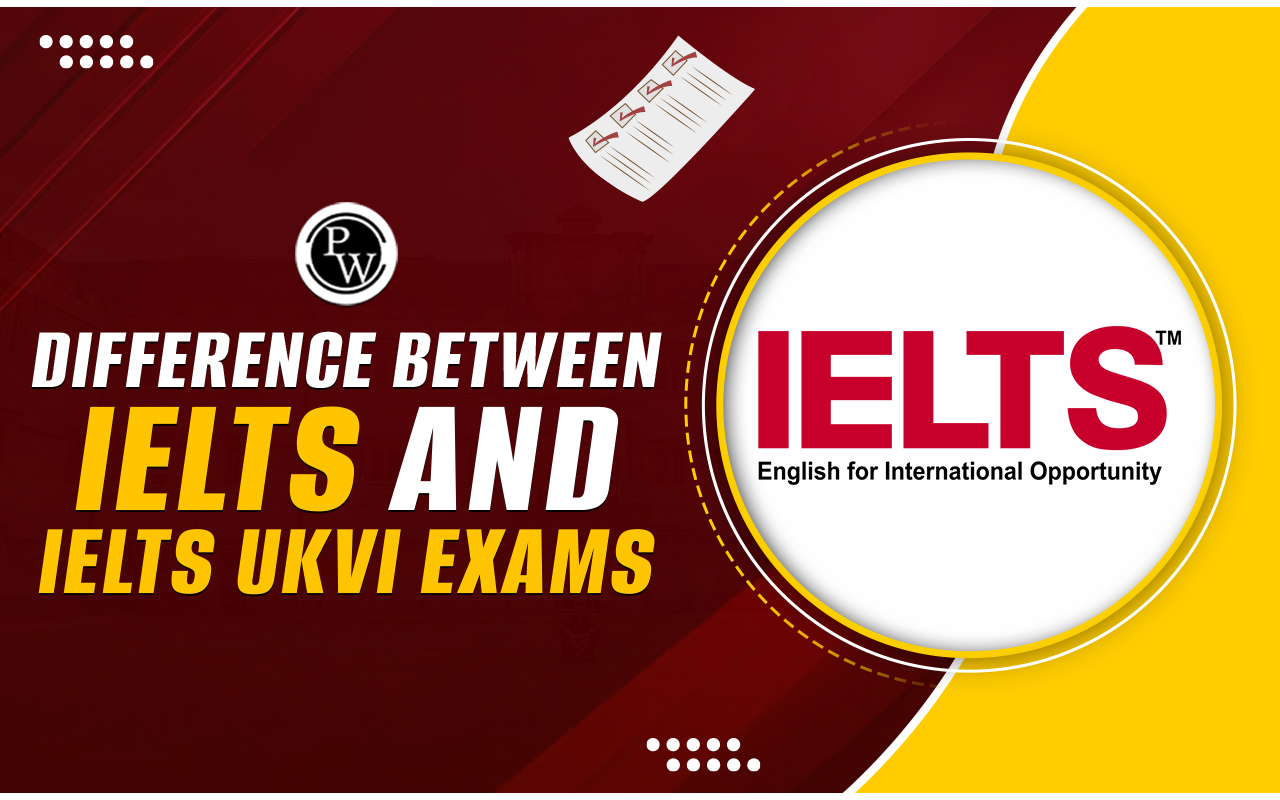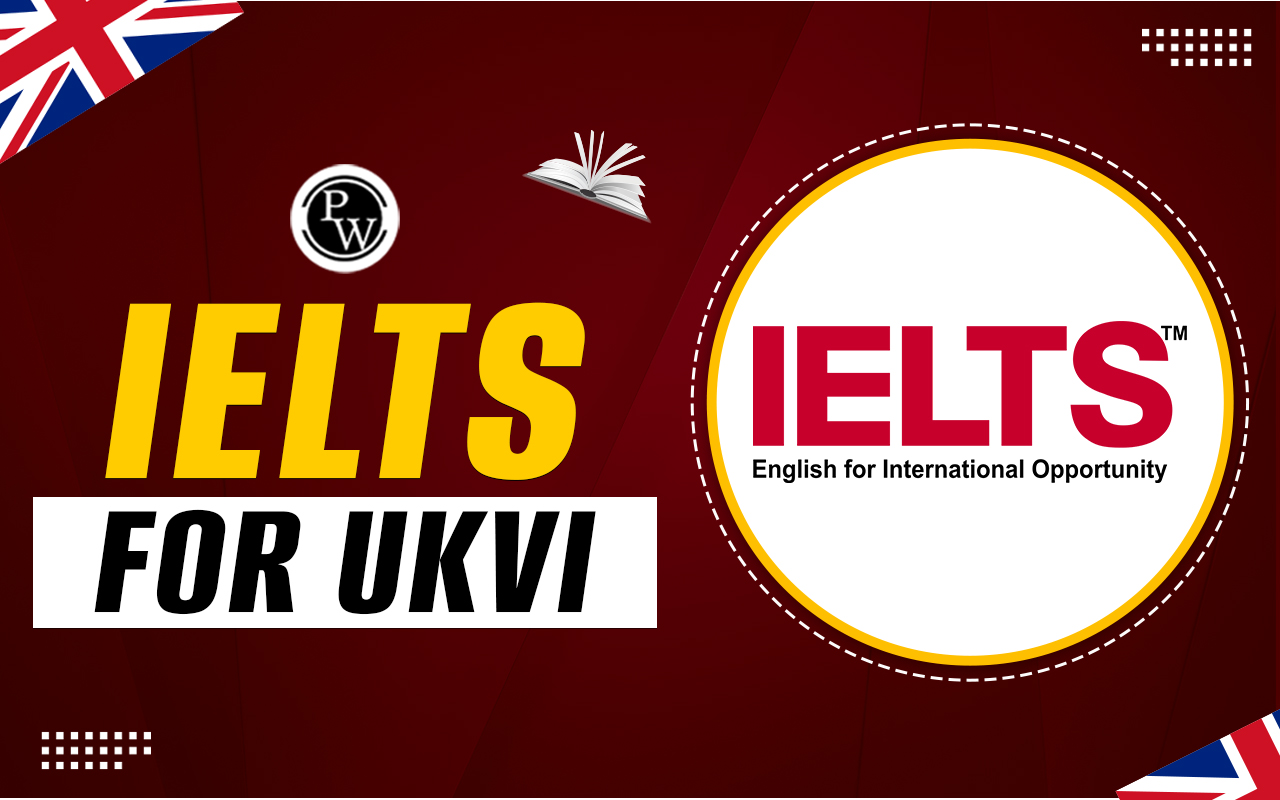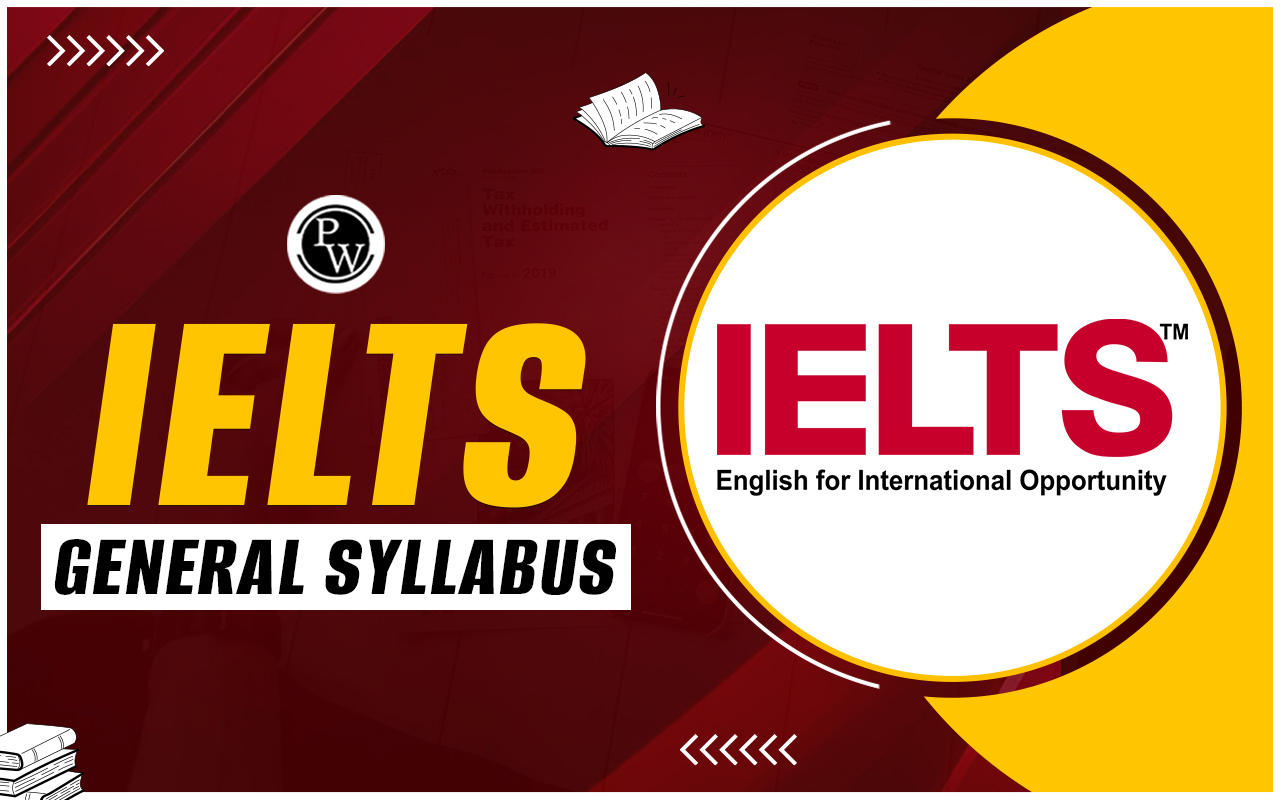
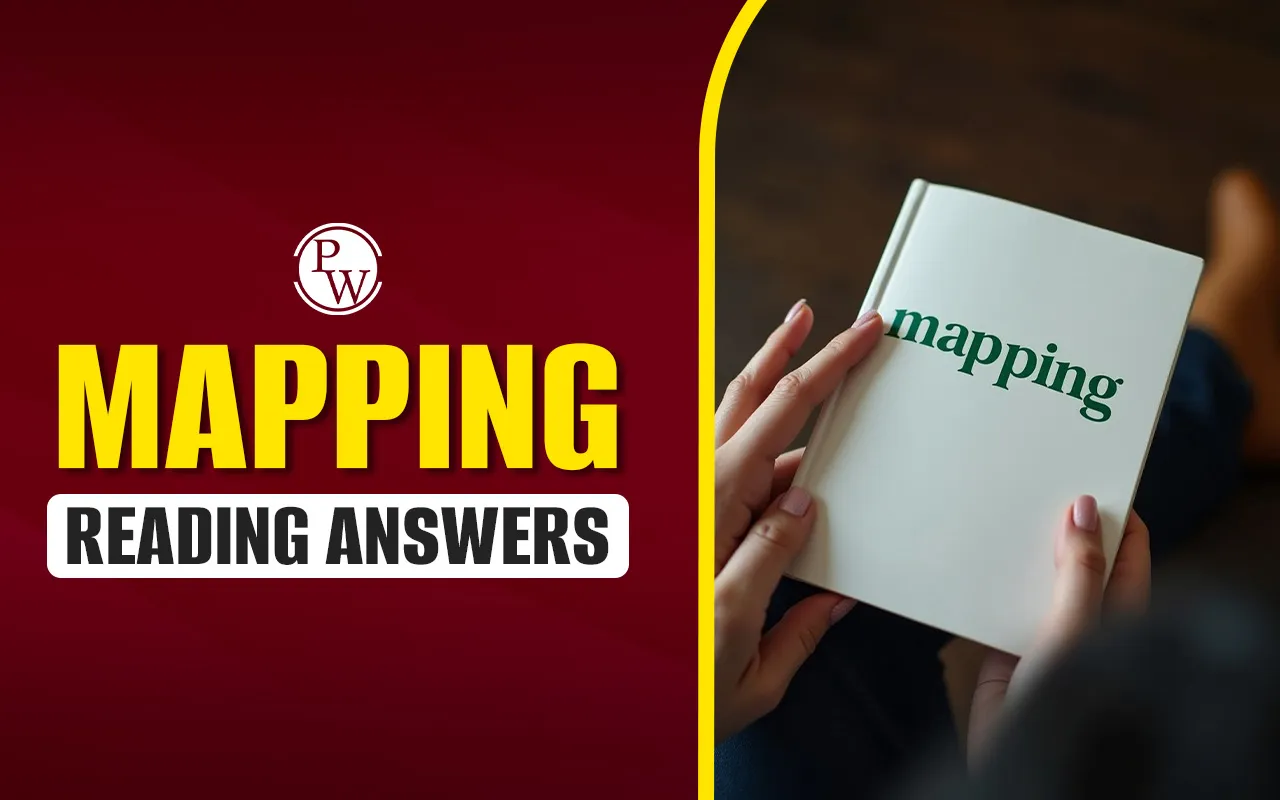
Mapping Reading Answers: The IELTS Reading section features a detailed passage on Mapping, exploring the evolution of cartography from ancient times to modern satellite technology. This passage includes 13 questions that assess comprehension and analytical skills. The IELTS Reading module questions are divided into three categories, requiring students to interpret historical advancements, technological innovations, and their impact on modern mapping. Candidates should aim to complete this section within 20 minutes. Mapping Reading Answers is a common IELTS 2025 exam topic, making it essential for students to practice similar passages to enhance their reading speed and accuracy.
Mapping Reading Answers Passage
Mapping
A. Today, the mapmaker's vision is no longer confined to what the human eye can see. The perspective of mapmaking has shifted from the crow's nest of the sailing vessel, mountain top and airplane to 'new orbital heights. Radar, which bounces microwave radio signals off a given surface to create images of its contours and textures, can penetrate jungle foliage and has produced the first maps of the mountains of the planet Venus. And a combination of sonar and radar produces charts of the seafloor, putting much of Earth on the map for the first time. ‘Suddenly it's a whole different world for US,’ says Joel Morrison, chief of geography at the U.S. Bureau of the Census, ‘Our future as mapmakers - even ten years from now - is uncertain.’
B. The world's largest collection of maps resides in the basement of the Library of Congress in Washington, D.c. The collection, consisting of up to 4,6 million map sheets and 63,000 atlases, includes magnificent bound collections of elaborate maps- the pride of the golden age of Dutch cartography*. In the reading room scholars, wearing thin cotton gloves to protect the fragile sheets, examine ancient maps with magnifying glasses. Across the room people sit at their computer screens, studying the latest maps, with their prodigious memories, computers are able to store data about people, places and environments - the stuff of maps - and almost instantly information is displayed on the screen in the desired geographic context, and at the dick of a button, a print-out of the map appears.
C. Measuring the spherical Earth ranks as the first major milestone in scientific cartography. This was first achieved by the Greek astronomer Eratosthenes, a scholar at the famous Alexandrian Library in Egypt in the third century BC. He calculated the Earth's circumference as 25,200 miles, which was remarkably accurate. The longitudinal circumference is known to be 24,860 miles.
D. Building on the ideas of his predecessors, the astronomer and geographer Ptolemy, working in the second century AD, spelled out a system for organizing maps according to grids of latitude and longitude. Today, parallels of latitude are often spaced at intervals of 10 to 20 degrees and meridians** at 15 degrees, and this is the basis for the width of modern time zones. Another legacy of Ptolemy's is his advice to cartographers to create maps to scale. Distance on today's maps is expressed as a fraction or ratio of the real distance. But mapmakers in Ptolemy's time lacked the geographic knowledge to live up to Ptolemy's scientific principles. Even now, when surveyors achieve accuracies down to inches and satellites can plot potential missile targets within feet, maps are not true pictures of reality.
E. However, just as the compass improved navigation and created demand for useful charts, so the invention of the printing press in the 15th century put maps in the hands of more people, and took their production away from monks, who had tended to illustrate theology rather than geography. Ocean-going ships launched an age of discovery, enlarging both what could and needed to be mapped, and awakened an intellectual spirit and desire for knowledge of the world.
F. Inspired by the rediscovered Ptolemy, whose writing had been preserved by Arabs after the sacking of the Alexandrian Library in AD 931, mapmakers in the 15th century gradually replaced theology with knowledge of faraway places, as reported by travelling merchants like Marco Polo.
G. Gerhardus Mercator, the foremost shipmaker of the 16th century, developed a technique of arranging meridians and parallels in such a way that navigators could draw straight lines between two points and steer a constant compass course between them. This distortion formula, introduced on his world map of 1569, created the ‘Greenland problem’. Even on some standard maps to this day, Greenland looks as large as South America - one of the many problems when one tries to portray a round world on a flat sheet of paper. But the Mercator projection was so practical that it is still popular with sailors.
H. Scientific mapping of the land came into its own with the achievements of the Cassini family- father, son, grandson and great-grandson. In the late 17th century, the Italian - born founder, Jean-Dominique, invented a complex method of determining longitude based on observations of Jupiter's moons. Using this technique, surveyors were able to produce an accurate map of France. The family continued to map the French countryside arid his great-grandson finally published their famous Cassini map in 1793 during the French Revolution. While it may have lacked the artistic appeal of earlier maps, it was the model of a social and geographic map showing roads, rivers, canals, towns, abbeys, vineyards, lakes and even windmills. With this achievement, France became the first country to be completely mapped by scientific methods.
I. Mapmaking has come a long way since those days. Today's surveyors rarely go into the field without being linked to navigation satellites. Their hand-held receivers are the most familiar of the new mapping technologies, and the satellite system, developed and still operated by the US Defense Department, is increasingly used by surveyors. Even ordinary hikers, sailors and explorers can tap into it for data telling them where they are. Simplified civilian versions of the receivers are available for a few hundred dollars and they are also the heart of electronic map displays available in some cars. Cartography is pressing on to cosmic frontiers, but its objective is, and always has been, to communicate a sense of ‘here’ in relation to ‘there’, however far away ‘there’ may be.
| IELTS Exam Important Links | |
|---|---|
| IELTS Reading Band Score | IELTS Listening Band Score |
| IELTS Speaking Band Score | IELTS Writing Band Score |
Mapping Reading Answers Sample Questions
IELTS Multiple Choice Questions (Q. 1-4)
Choose the correct letter, A, B, C, or D.
1. What does the passage suggest about modern mapmaking?
A. It relies entirely on human observation.
B. It has moved beyond traditional methods of viewing the landscape.
C. It is less accurate than earlier mapping techniques.
D. It no longer serves any practical purpose.
2. How did the printing press influence cartography?
A. It helped in spreading religious ideas through maps.
B. It made maps accessible to more people.
C. It restricted the development of navigation.
D. It replaced traditional maps with theological maps.
3. What is one of the major issues with the Mercator projection?
A. It cannot be used for marine navigation.
B. It distorts the actual sizes of landmasses.
C. It does not include latitude and longitude.
D. It was only useful in the 16th century.
4. What was the key contribution of the Cassini family to cartography?
A. They created the first navigational maps for sailors.
B. They used a new method based on Jupiter’s moons to determine longitude.
C. They preserved Ptolemy’s maps during the French Revolution.
D. They introduced the first maps for automobiles.
IELTS Matching Features (Q. 5-8)
Match each person or group of people with their contribution to cartography.
5. Eratosthenes
6. Ptolemy
7. Gerhardus Mercator
8. The Cassini family
A. Introduced a distortion formula for navigation
B. Developed a system for organizing maps with latitude and longitude
C. Accurately estimated the Earth's circumference
D. Created the first complete scientific map of France
IELTS Summary Completion (Q. 9-13)
Complete the summary below. Choose NO MORE THAN TWO WORDS from the passage for each answer.
The process of mapping has evolved significantly from its early days. In the past, maps were based on what could be seen from high places like (9) ________ or ships. However, modern technology such as (10) ________, which can penetrate through dense forests, has expanded the possibilities of cartography. Additionally, combining sonar and radar has allowed scientists to map the (11) ________, revealing previously unknown parts of the Earth. The (12) ________, which became widely used in the 16th century, provided a useful method for sailors but also introduced distortions. Today, cartographers and surveyors use (13) ________, which are linked to satellites, to improve the accuracy of maps.
Mapping Reading Answers with Explanations
-
What does the passage suggest about modern mapmaking?
-
Answer: B - It has moved beyond traditional methods of viewing the landscape.
-
Reference: Paragraph A – "The perspective of mapmaking has shifted from the crow’s nest of the sailing vessel, mountain top and airplane to new orbital heights."
-
Explanation: Modern mapping relies on advanced technologies like radar and satellites rather than direct human observation.
-
How did the printing press influence cartography?
-
Answer: B - It made maps accessible to more people.
-
Reference: Paragraph E – "The invention of the printing press in the 15th century put maps in the hands of more people, and took their production away from monks, who had tended to illustrate theology rather than geography."
-
Explanation: The printing press allowed for mass production of maps, making them more widely available beyond religious institutions.
-
What is one of the major issues with the Mercator projection?
-
Answer: B - It distorts the actual sizes of landmasses.
-
Reference: Paragraph G – "This distortion formula, introduced on his world map of 1569, created the ‘Greenland problem’. Even on some standard maps to this day, Greenland looks as large as South America."
-
Explanation: The Mercator projection distorts the size of landmasses, making areas near the poles appear much larger than they actually are.
-
What was the key contribution of the Cassini family to cartography?
-
Answer: B - They used a new method based on Jupiter’s moons to determine longitude.
-
Reference: Paragraph H – "Jean-Dominique invented a complex method of determining longitude based on observations of Jupiter’s moons."
-
Explanation: The Cassini family’s innovative method allowed for more accurate longitude measurements, leading to improved maps.
-
Eratosthenes - C. Accurately estimated the Earth's circumference
-
Reference: Paragraph C – "He calculated the Earth's circumference as 25,200 miles, which was remarkably accurate."
-
Explanation: Eratosthenes was the first to estimate Earth's circumference with significant accuracy.
-
Ptolemy - B. Developed a system for organizing maps with latitude and longitude
-
Reference: Paragraph D – "Ptolemy, working in the second century AD, spelled out a system for organizing maps according to grids of latitude and longitude."
-
Explanation: Ptolemy introduced latitude and longitude, which remain fundamental to modern mapping.
-
Gerhardus Mercator - A. Introduced a distortion formula for navigation
-
Reference: Paragraph G – "Gerhardus Mercator... developed a technique of arranging meridians and parallels in such a way that navigators could draw straight lines between two points."
-
Explanation: Mercator’s projection was practical for navigation but introduced distortions in landmass size.
-
The Cassini family - D. Created the first complete scientific map of France
-
Reference: Paragraph H – "Surveyors were able to produce an accurate map of France. The family continued to map the French countryside and finally published their famous Cassini map in 1793."
-
Explanation: The Cassini family’s work resulted in the first scientifically mapped version of France, detailing various geographical and social features.
-
Mountain top
-
Reference: Paragraph A – "The perspective of mapmaking has shifted from the crow’s nest of the sailing vessel, mountain top and airplane to new orbital heights."
-
Explanation: Earlier maps were based on what was visible from elevated points like mountains.
-
Radar
-
-
Reference: Paragraph A – "Radar, which bounces microwave radio signals off a given surface to create images of its contours and textures, can penetrate jungle foliage."
-
Explanation: Radar allows for mapping areas covered by dense vegetation.
-
-
Seafloor
-
-
Reference: Paragraph A – "A combination of sonar and radar produces charts of the seafloor, putting much of Earth on the map for the first time."
-
Explanation: New technology enables the mapping of previously unexplored ocean regions.
-
-
Mercator projection
-
-
Reference: Paragraph G – "This distortion formula, introduced on his world map of 1569, created the ‘Greenland problem’."
-
Explanation: The Mercator projection distorts land sizes but remains useful for navigation.
-
-
Receivers
-
-
Reference: Paragraph I – "Today's surveyors rarely go into the field without being linked to navigation satellites. Their hand-held receivers are the most familiar of the new mapping technologies."
-
Explanation: Modern mapmakers and surveyors use GPS receivers for accurate location tracking.
-
Also Read:
- Should You Use All Capital Letters in the IELTS Listening and Reading Tests
- IELTS Reading Mistakes
- How to Improve IELTS Reading Score
- How to Manage Time in IELTS Reading
Guidance of PW IELTS
Physics Wallah offers multiple online IELTS courses for all students. Follow the IELTS pages to better prepare for the exam.
| What is IELTS Exam? | Documents Required for IELTS Registration |
| IELTS exam eligibility requirements | IELTS Exam Fees |
| IELTS test results | IELTS Exam Pattern |
Mapping Reading Answers
How has technology improved mapmaking?
What is the Mercator projection, and why is it used?
What was Eratosthenes' contribution to cartography?
How did the Cassini family impact cartography?
Why is GPS essential in modern mapping?

